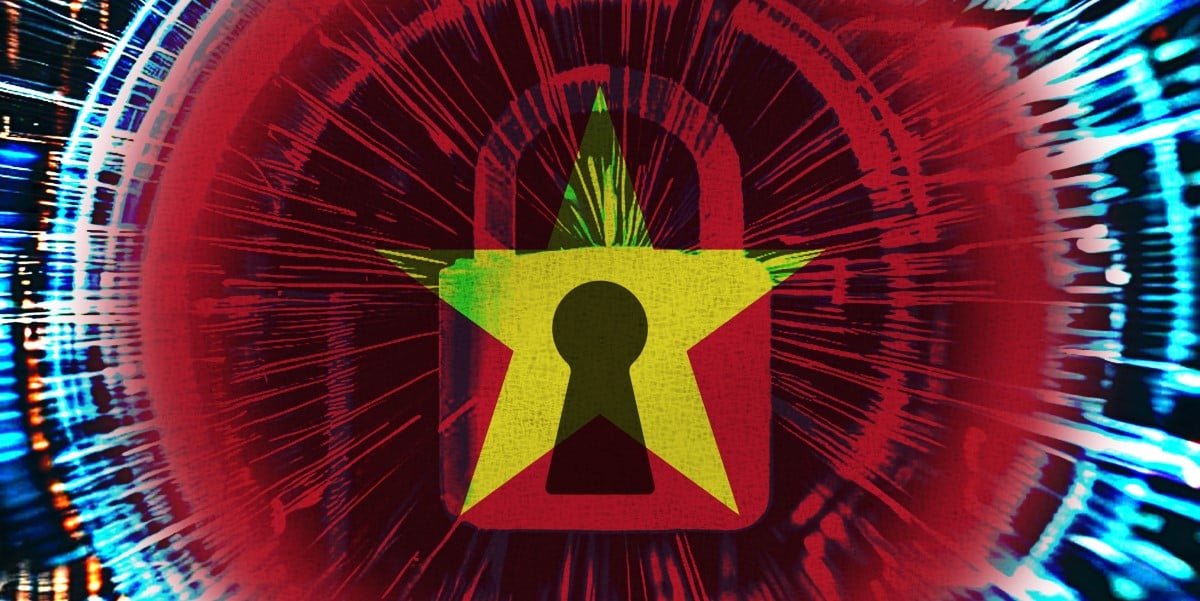This is the way
More IPV6 is always a win in my book.
The plan emerged in Decision No. 1132/QD-TTg – signed into existence by permanent deputy prime minister Nguyen Hoa Binh – and defines goals for 2025 and 2030.
By 2025, the nation intends to connect two new submarine cables – an important local issue. Earlier this year, internet speeds slowed when three of the five cables connecting the country broke. Also by 2025, the country wants “universal” fiber-to-the-home, 5G services in all cities and industrial zones, and work to have commenced on an unspecified number of datacenters capable of running AI applications and operating with power usage effectiveness index (PUE) of less than 1.4.
The 2030 ambitions are more significant, and include a requirement for all networks to use IPv6, universal 1Gbit/sec fiber-to-the-premises, 5G covering 99 percent of the population, and connection of another six submarine cables to provide the nation with 350TB/sec of network capacity. One of those new cables is to be state-owned.
Vietnam’s population exceeds 100 million and it already has 140 mobile subscriptions per 100 inhabitants. IPv4 with network address translation can scale to those levels – if Vietnamese carriers have secured sufficient number resources.
But many countries in the developing world were granted modest IPv4 allocations, making IPv6 a more natural option. IPv6 and beefier land and sea networks will clearly help handle the traffic those subscriptions – and terrestrial traffic – collectively generate.
…
Nguyen Hoa Binh translates roughly to “Nguyen Flower Troops”, lol. It should be Nguyễn Hòa Bình. It’s kinda like mixing up “Steve” and “steed” in English.
I don’t think that would bother Steed too much.
Dumb question, but my understanding was that ipv6 is not backwards compatible with ipv4. So all devices within Vietnam will be able to talk to each other, but how will they talk to the outside world?
There are ways to translate IPv6 to IPv4 so users can still access legacy sites.
That’s gonna be a big-ass NAT.
Better than a big ass-NAT
The article is ambiguous. It states “use IPv6” which at face value could simply mean support it together with IPv4. On the other hand, it states that they are running out of IPv4 addresses beyond what NAT can solve, so perhaps they may not have a choice in the matter.
If this is the nudge needed to transition, then great.
Ipv4 is not even ipv4 compatible. You use nat to translate one type of ipv4 into another to talk on the internet. Ipv6 is using nat in the same way.
The problem is that ipv4 is not forward compatible ( naturally ). So ipv6 can talk to both, ipv4 only to ipv4.




